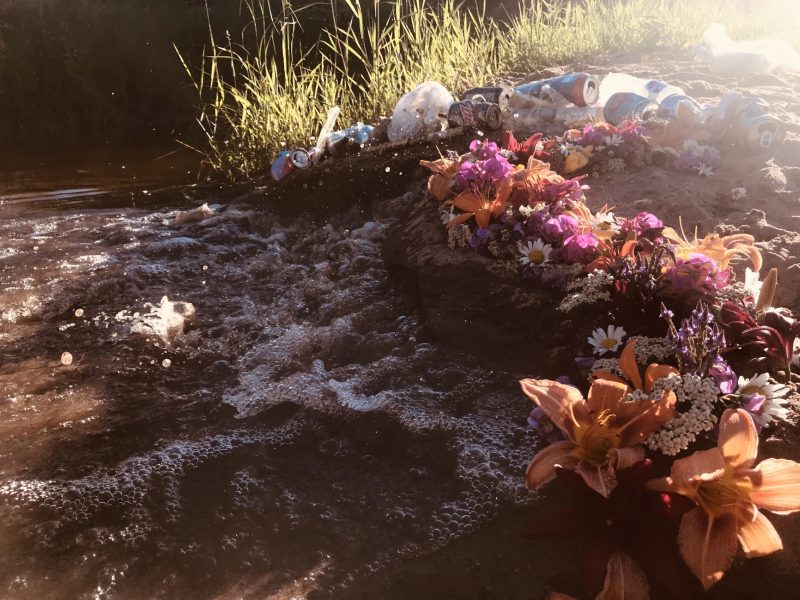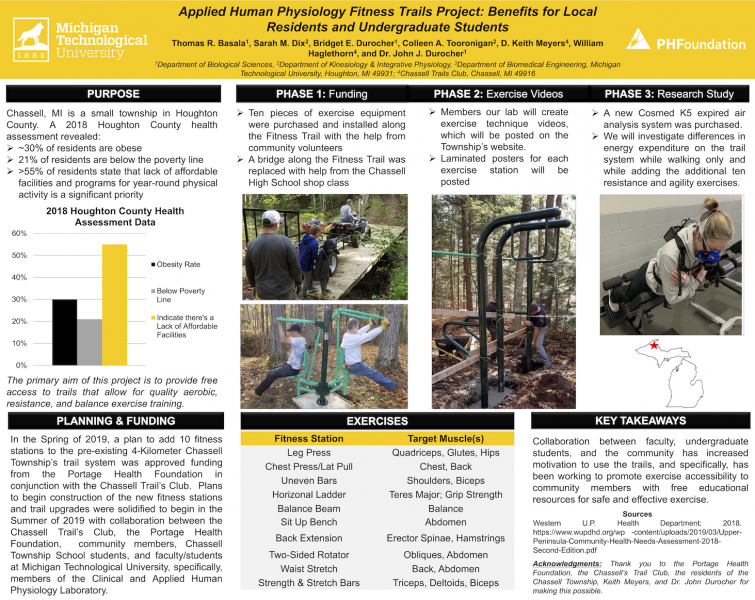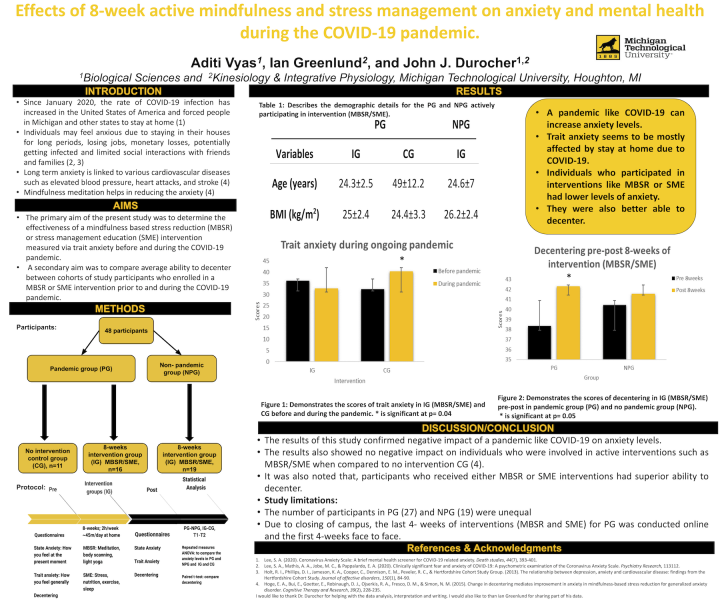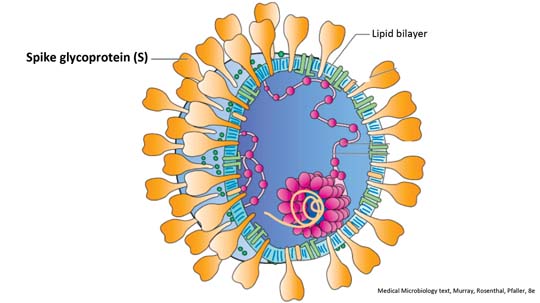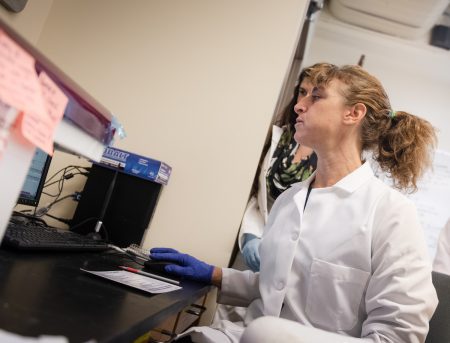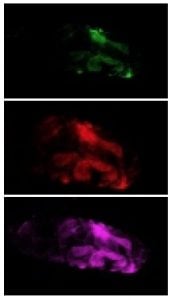Rashi Yadav is a final year PhD candidate in Department of Biological Sciences working on L2-based virus-like particles (VLPs) against Human Papillomavirus (HPV) and also, production of thermostable VLP platform. In addition to research, she has taught Molecular Biology, Biochemistry, Environmental Microbiology and General Biology as a Graduate Teaching Assistant.
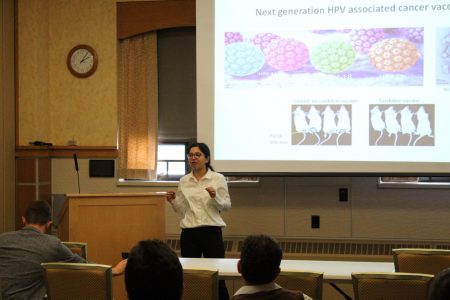
HPVs are associated with 90% of cervical cancer and 25% of oral cancer. Infected individuals clear the infection within two years, however persistent infection can lead to cancer and genital warts. Fortunately, there are two L1- based prophylactic vaccine against HPVs that offers protection against 7 cancer causing HPV types (high-risk HPVs) and 2 low risk HPV types that can cause cutaneous and genital warts. However, there are 19 cancer causing HPV types and current vaccine offer limited cross protection. The outer shell (capsid) of HPV is made of two proteins- major capsid protein (L1) that is not conserved and minor capsid protein (L2), on the contrary, is conserved among different types of HPVs. Rashi’s research is focused on assessing the ability of L2-based VLPs against different types of high-risk and low-risk HPV types. Overall, L2-based VLPs can protect against 12 oncogenic HPV types causing cervical and oral cancer in addition to protection against HPV 5 that causes Epidermodysplasia Verruciformis. Rashi’s second project is on development of novel thermostable VLP platform that can be exploited to expose antigens on the surface against cancer or virus as vaccine.

Rashi won the first prize in 3 Minute Thesis organized by Health Research Slam where students from various departments participated and was awarded a check of $300. The topic of her presentation was “”Oral immunization with bacteriophage MS2-L2 VLPs protects against oral infection with multiple HPV types associated with head and neck cancers ”
Rashi is also working in MTU Covid-19 diagnostic lab. She is one of the few students who joined the lab and helped set up the lab including training and supervising students in RNA extraction of samples. She also prepares viral transport media which is exported to number of health facilities around the city to obtain samples for testing.

